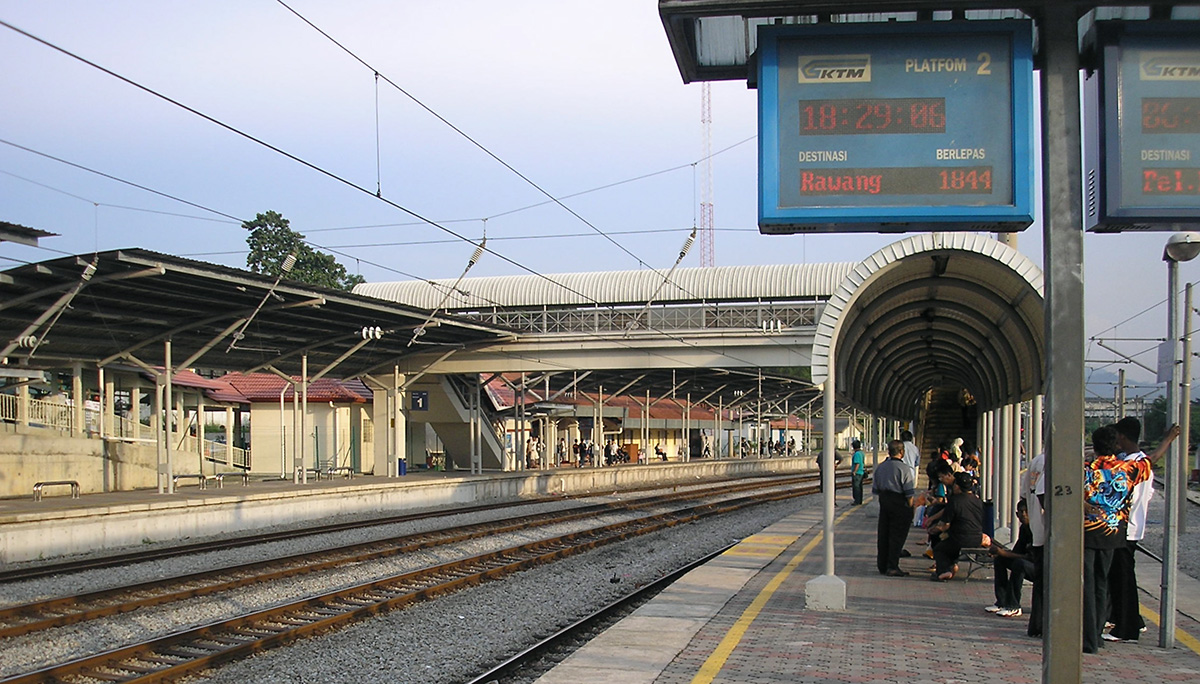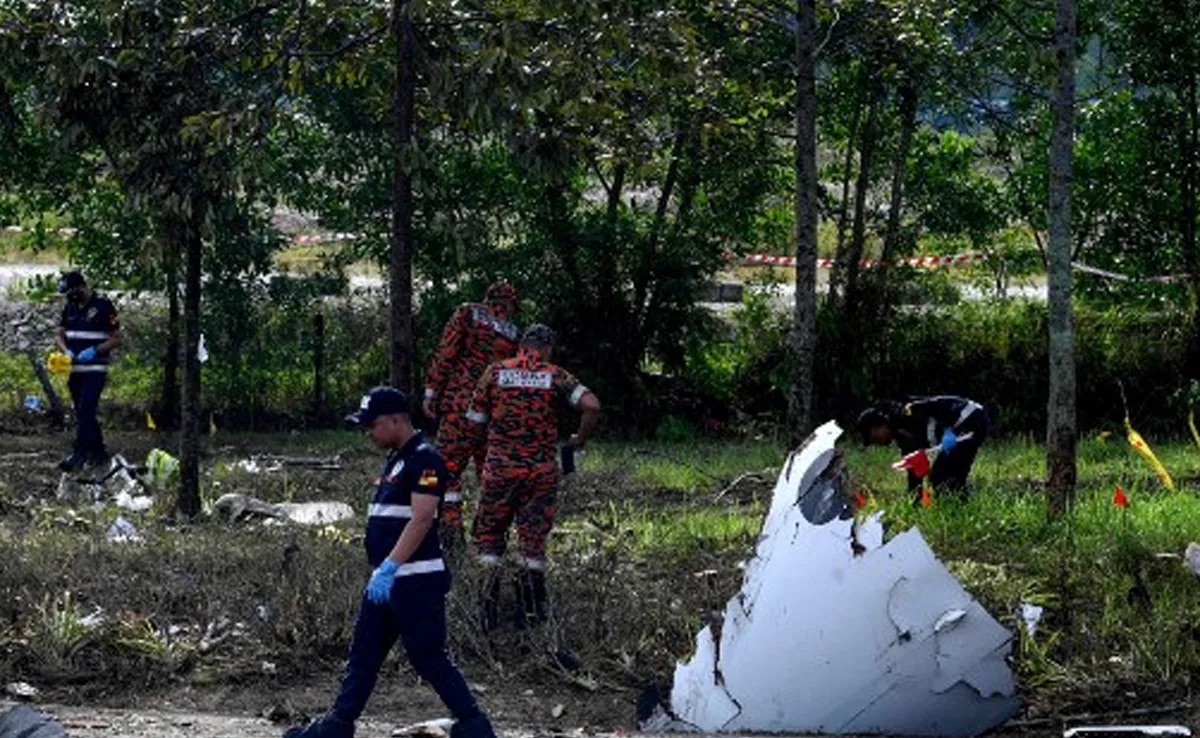In a startling incident on December 12, 2023, negligence by contractors involved in the multi-level parking project at Rawang Keretapi Tanah Melayu (KTM) station resulted in losses exceeding RM2.4 million. The aftermath saw a construction crane collapsing on the track between Rawang and Kuang, triggering widespread disruptions that affected more than 20,000 train passengers.
Contractor Warnings and Freezing of Approvals
According to NST, transport minister Anthony Loke disclosed that KTMB had issued warnings to the contractors, leading to the freezing of approvals to the Public Works Department (JKR) and Railway Assets Corp (RAC) due to unauthorized construction work near KTMB’s operational track. The revelation sheds light on a disregard for safety protocols that could have averted the catastrophic incident.
The freezing of approvals indicates a systemic failure in oversight and raises questions about the efficacy of regulatory checks in preventing unauthorised construction activities.
Immediate Action by DOSH and KTMB
Following the incident, the Department of Occupational Safety and Health (DOSH) swiftly issued prohibition notices to the contractor responsible, highlighting the gravity of the safety breach. In tandem, KTMB took immediate action by establishing a Command Centre to coordinate efforts, redirect the crane, and provide alternative shuttle buses for affected passengers.
Passenger Chaos and Swift Restoration
With over 20,000 passengers affected, the incident disrupted both KTMB Komuter train services on the Tanjung Malim-KL Sentral-Tanjung Malim line and the affected ETS services. Despite the chaos, KTMB managed a commendable feat by achieving full restoration of services by December 14, 2023.
Safety Protocols and the Price of Negligence
The Rawang KTM incident serves as a stark reminder of the importance of strict adherence to safety protocols in construction projects. The colossal losses incurred—both financially and in terms of public inconvenience—underscore the severe consequences of negligence in the execution of such vital infrastructure developments.
Moving forward, there is a critical need for a comprehensive review of safety procedures and regulatory measures to prevent similar incidents, emphasising the shared responsibility of contractors, regulatory bodies, and project owners in ensuring the well-being of both infrastructure and citizens.
















